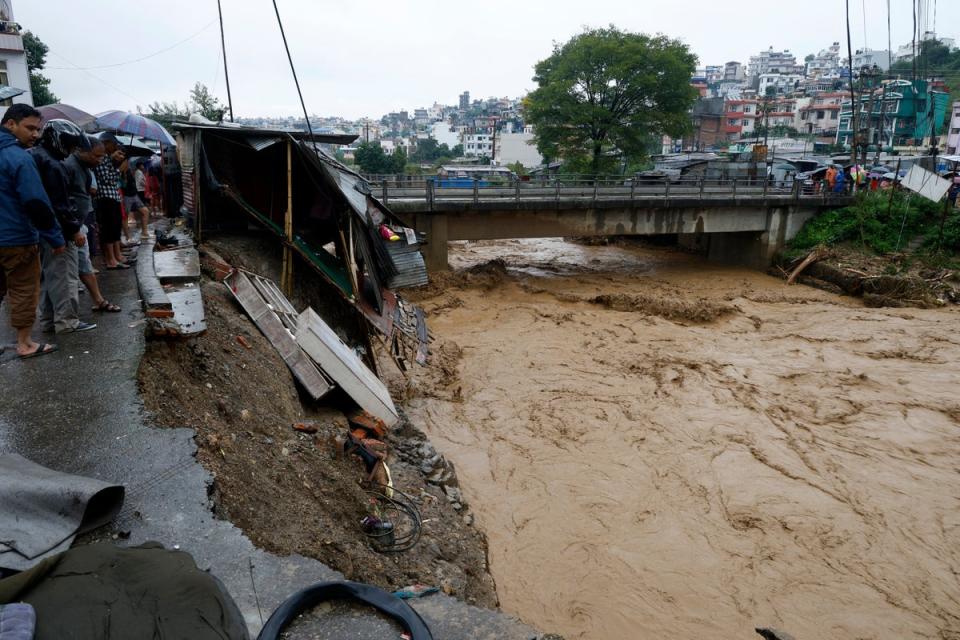Rescuers in Nepal recovered dozens of bodies buried in landslides on Sunday as the death toll from flooding rose to at least 129 with dozens missing.
Many of the victims were killed in capital Kathmandu, which was the hardest hit after floods were triggered by heavy rainfall.
The capital remained cut off with three highways, including the key Prithvi highway that connects the city to the rest of the country, blocked by landslides.
Six players from a football academy were among 64 others who went missing after being reportedly caught in a landslide. “Search efforts are currently underway… the other players who were at the same location have been moved to a secure area,” the academy said.


The weather in Nepal improved on Sunday, allowing rescue, recovery and clean-up efforts to continue. “There may be some isolated showers, but heavy rains are unlikely,” Govinda Jha, a weather forecaster in the capital, told Reuters.
The death toll was expected to rise as reports come in from villages across the mountainous country.
Large swathes of eastern and central Nepal have been inundated due to incessant rain since Friday that caused several rivers to swell.
Authorities announced the closure of schools and colleges in the Himalayan nation for the next three days as students and their parents faced difficulties due to damaged infrastructure.
“We have urged the concerned authorities to close schools in the affected areas for three days,” said Lakshmi Bhattarai, a spokesperson for the education ministry.
Some parts of the capital reported rain of up to 322.2mm, pushing the level of its main Bagmati river up 2.2m past the danger mark. This was reportedly the highest rainfall recorded in the capital since 1970.


Police officers and soldiers were assisting with rescue efforts, while heavy equipment was used to clear the landslides from the roads.
“I have never before seen flooding on this scale in Kathmandu,” said Arun Bhakta Shrestha, an environmental risk official at the International Centre for Integrated Mountain Development (ICIMOD).
The centre urged the government and city planners to “urgently” step up investment in, and plans for, infrastructure, such as underground stormwater and sewage systems, both of the “grey”, or engineered kind, and “green”, or nature-based type.
The monsoon season that brings heavy rainfall began in June and usually ends by mid-September.
